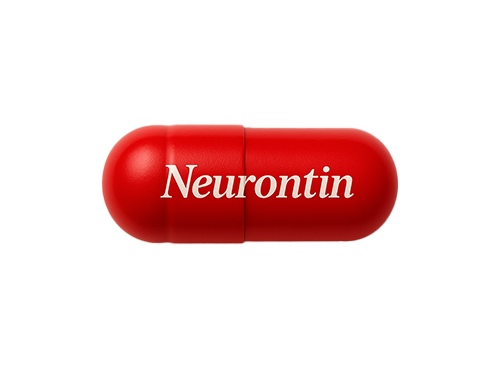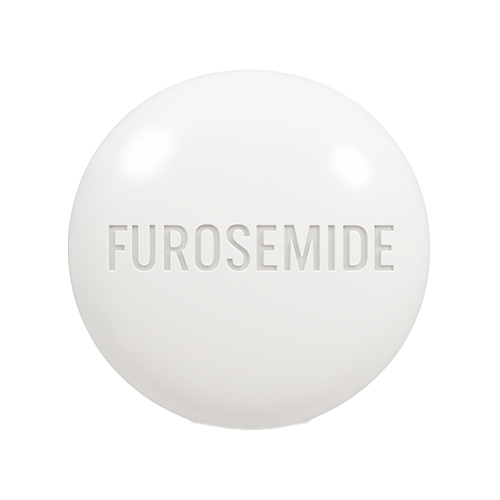Neurontin Product Description
Neurontin is a widely used antiepileptic medication designed to prevent abnormal surges of electrical activity in specific areas of the brain. By stabilizing neuronal activity, Neurontin helps reduce the frequency and severity of seizures. In addition to its primary use for managing epilepsy, this medication is also effective in treating various forms of neuropathic pain caused by dysfunction of the somatosensory nervous system. Its versatility makes it a preferred option for patients seeking long-term relief from chronic neurological conditions.
Drug Uses
Neurontin is commonly prescribed for the management of partial (focal) seizures in individuals diagnosed with epilepsy. It is also indicated for patients experiencing neuropathic pain resulting from nerve damage, diabetes, or postherpetic neuralgia. For individuals over the age of 12, Neurontin is suitable as monotherapy for controlling partial seizures, including cases where seizures have spread to involve both sides of the brain. Additionally, it may be administered as part of combination therapy for children aged 3 years and older, enhancing seizure control when used alongside other antiepileptic agents.
Dosage Guidelines
In adult patients, standard Neurontin treatment ranges from 900 mg to 3600 mg per day. Initiating therapy with lower doses allows the body to adjust and helps minimize the risk of side effects. Dose adjustments are generally recommended no more than two to three times per week to ensure tolerability. For pediatric patients, the dosage is typically calculated based on body weight, usually between 25 to 50 mg per kilogram per day. Regardless of age, the total daily dose should be divided into three equal administrations taken at regular intervals to maintain consistent blood levels and therapeutic effect.
Missed Dose
If a dose of Neurontin is missed, it should be taken as soon as remembered unless the next scheduled dose is due within four hours. In such cases, the missed dose should be skipped to avoid overlapping. It is important to maintain approximately 12-hour intervals between doses to support optimal seizure control and prevent fluctuations in medication levels that could compromise treatment effectiveness.
More Information
Epilepsy and neuropathic pain typically require long-term management strategies, and Neurontin is frequently prescribed for continuous use over several months. While standard treatment duration is often around five months, healthcare providers may recommend extended use based on the individual patient’s needs. Regular medical evaluations are essential to assess progress and determine if dosage adjustments or alternative therapies are necessary.
Storage
To preserve its efficacy, Neurontin should be stored at a controlled temperature not exceeding 30°C. Proper storage prevents degradation of the active ingredients and ensures the medication remains effective throughout its shelf life. Neurontin should also be kept out of reach of children and stored in a dry place, away from direct sunlight and moisture.
Neurontin Safety Information
Warnings
Abrupt increases in the daily dosage of Neurontin may temporarily worsen seizure activity. Gradual titration is essential to avoid potential complications. Prolonged use at high doses, or exceeding the recommended treatment duration, may in rare cases lead to physical or psychological dependence. Patients should closely follow their prescribed treatment plan and avoid any adjustments without consulting their healthcare provider.
Disclaimer
The information provided about Neurontin is intended solely for educational purposes and should not replace medical advice from licensed healthcare professionals. Patients are encouraged to discuss all treatment options with their physician to determine the most appropriate therapy. The online pharmacy does not accept liability for any adverse outcomes resulting from improper use of this medication.
Neurontin Side Effects
Most side effects associated with Neurontin are mild and transient. Common reactions in both children and adults may include ataxia, drowsiness, fatigue, fever, nausea, vomiting, and dizziness. Pediatric patients between the ages of 3 and 12 may also experience hyperkinesis, weight gain, irritability, fatigue, viral infections, emotional instability, and bronchitis. In most cases, these effects diminish over time as the body adjusts to the medication. Patients should report any severe or persistent side effects to their healthcare provider to determine if dose modifications or alternative treatments are needed.






Reviews
There are no reviews yet.